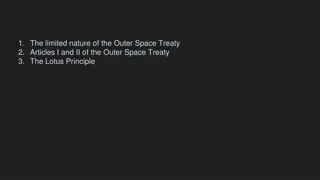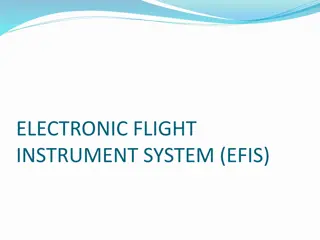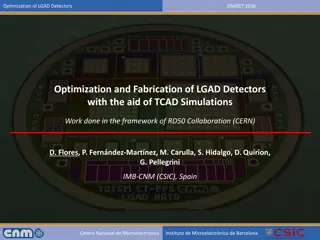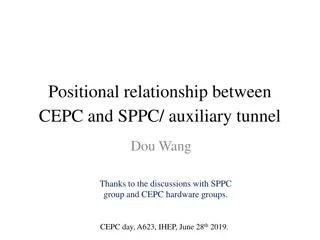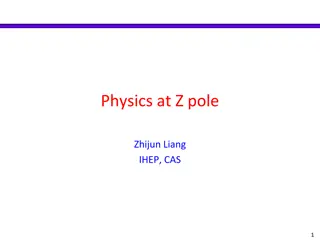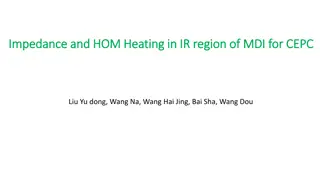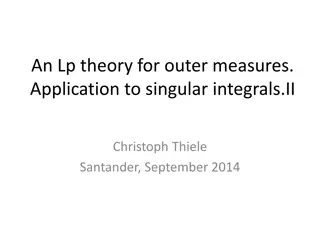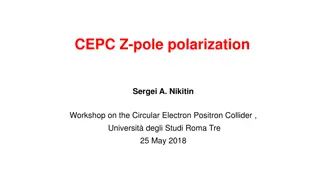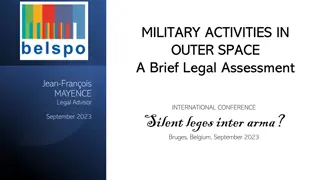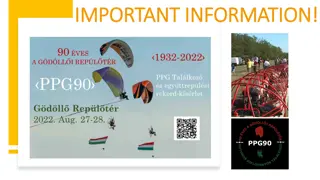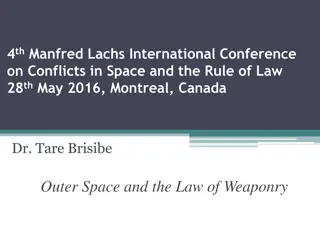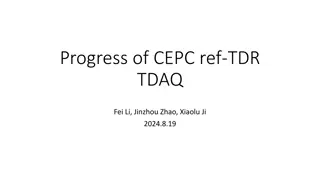CEPC Time of Flight and Outer Tracker with LGAD Updates
Updates on the progress of CEPC's Time of Flight and Outer Tracker with LGAD by Yunyun Fan from IHEP. The information covers sensor design, CEPCSW progress, mechanics design for cooling the ASIC, hit rate estimations for electronics, and backups. Collaboration with Italian colleagues is highlighted along with discussions on improving hit rates through simulation.
Uploaded on Oct 10, 2024 | 0 Views
Download Presentation

Please find below an Image/Link to download the presentation.
The content on the website is provided AS IS for your information and personal use only. It may not be sold, licensed, or shared on other websites without obtaining consent from the author.If you encounter any issues during the download, it is possible that the publisher has removed the file from their server.
You are allowed to download the files provided on this website for personal or commercial use, subject to the condition that they are used lawfully. All files are the property of their respective owners.
The content on the website is provided AS IS for your information and personal use only. It may not be sold, licensed, or shared on other websites without obtaining consent from the author.
E N D
Presentation Transcript
CEPC Time of flight and outer tracker with LGAD Yunyun Fan Tuesday, Aug. 20, 2024 1 Yunyun Fan, IHEP Yunyun Fan
Sensor design Design for AC-LGAD strip to be submitted to IME to produce 1 cm length (According to the suggestion of ), 2 cm length strip AC- LGAD 1 cm, 0.5 cm length sector AC-LGAD, which have same pitch with the real one Cooperated with Italy colleagues (Discussed during the International meeting) 2 Yunyun Fan, IHEP
CEPCSW Progress for ToF&out tracker Got the geometry of barrel and endcap into CEPCSW (SJTU, Yudian KunLiu) Hit rate raw estimation: maximum rate 35K Hz/cm2 (NKU, Bo Liu) Discussion with Haoyu, the hit rate still need to merge the steps in simulation to see how much hit rate could be reduced Detector/DetCRD/src/ Tracker/ SiTracker_otkendcap_v 01_geo.cpp 3 Yunyun Fan, IHEP
Mechanics design According to previous thermal simulation, the cooling should from the ASIC sides. Per channel Per ASIC Per module 28 ASIC Pwer distribution 20 mW-30 mW 2.56 W 3.84 w 71.68 W- 107.52 W Jinyu Fu have tried strategy to cool the ASIC with thermal conductor which could transfer the thermal from the surface of ASIC to cooling pipes. 4 Yunyun Fan, IHEP
Backup 5 Yunyun Fan, IHEP
Hit rate estimation input for electronics Z pole Strip 0.1mm x 70 mm Updated with new CEPCSW Old one is 100K Hz/cm2 Maximum hit rate estimation Hit rate Hz/cm2 Hit rate per ASIC Hz Hit rate per strip Hz Barrel 140 1254.4 9.8 15k at 20mm 134.4k 1050 Endcap Cluster size 1-2 strip most is within 1 strip Occupancy at endcap 0.105% (10bit,1 s deadtime) 0.42% (12 bit, 4 s deadtime) 6 Yunyun Fan, IHEP
Hit rate estimation input for electronics Z pole Strip 0.1mm x 70 mm Updated with new CEPCSW Old one is 100K Hz/cm2 Average hit rate estimation Hit rate Hz/cm2 Hit rate per ASIC Hz Hit rate per strip Hz Barrel 140 1254.4 9.8 15k at 20mm 134.4k 1050 Endcap Cluster size 1-2 strip most is within 1 strip Occupancy at endcap 0.105% (10bit,1 s deadtime) 0.42% (12 bit, 4 s deadtime) 7 Yunyun Fan, IHEP





